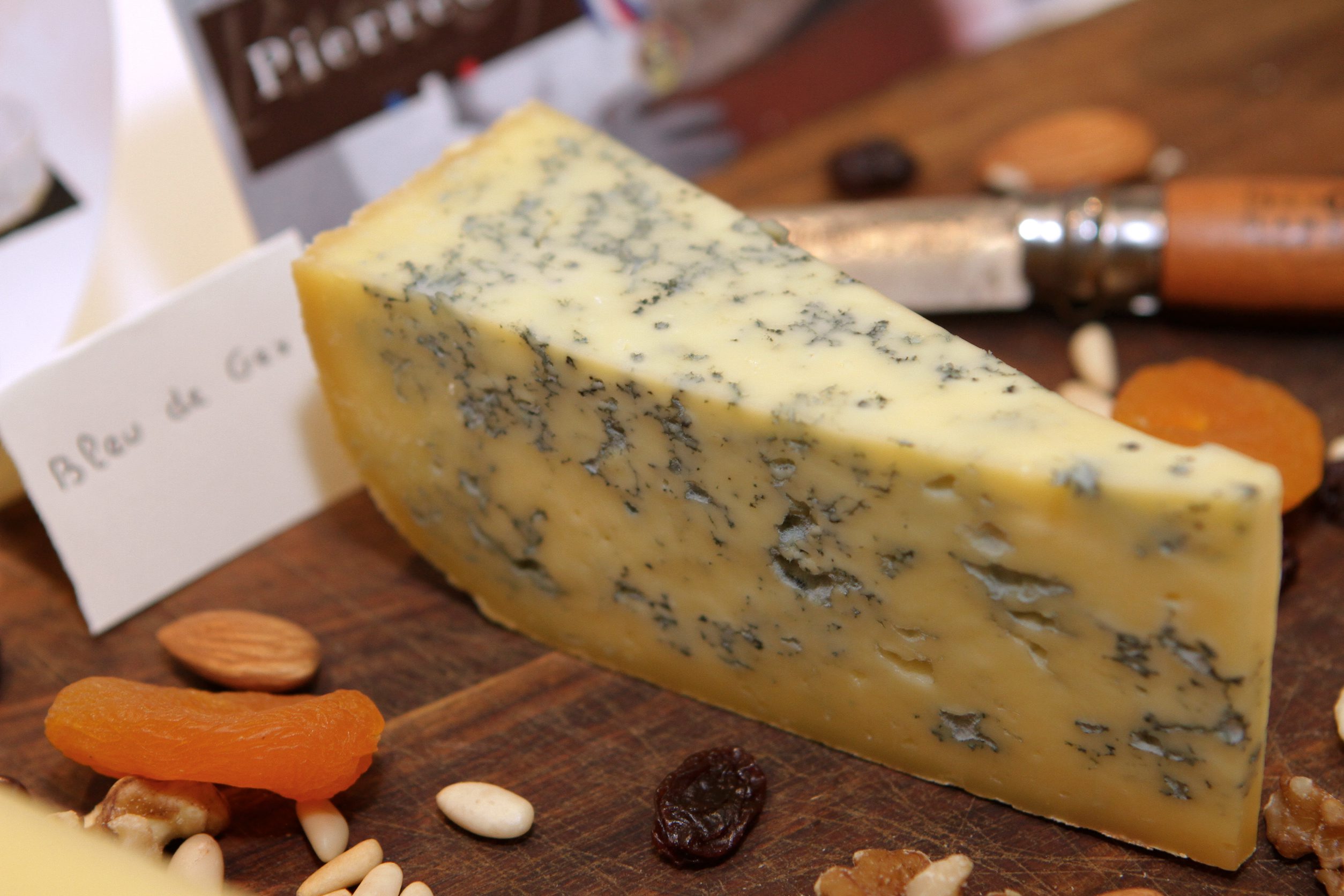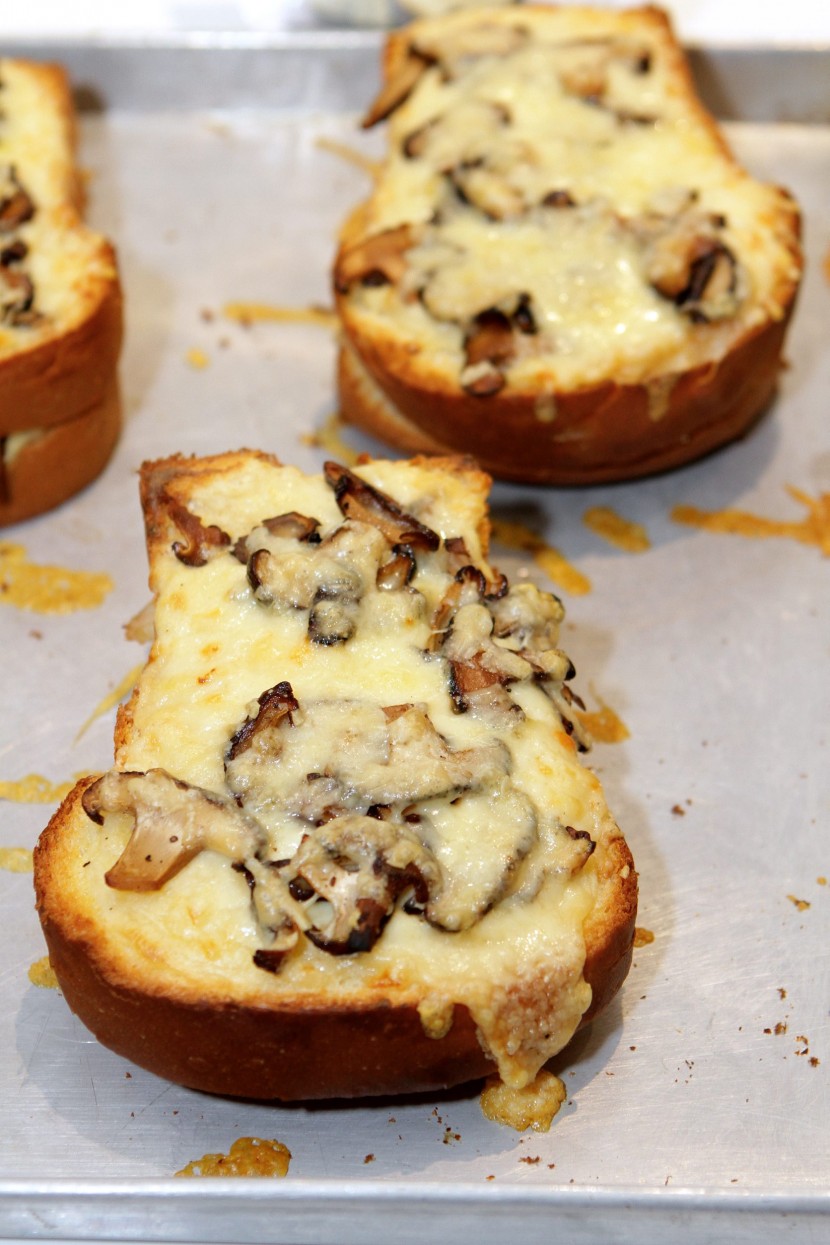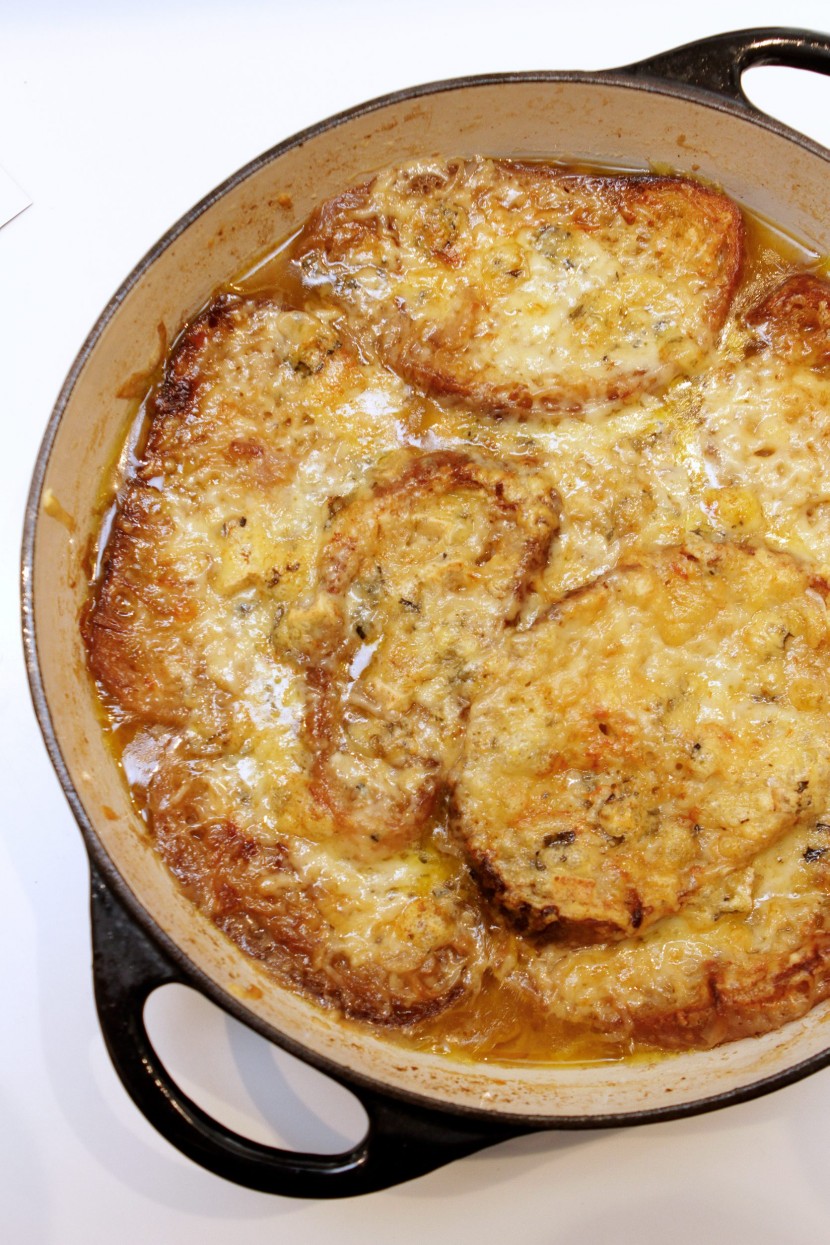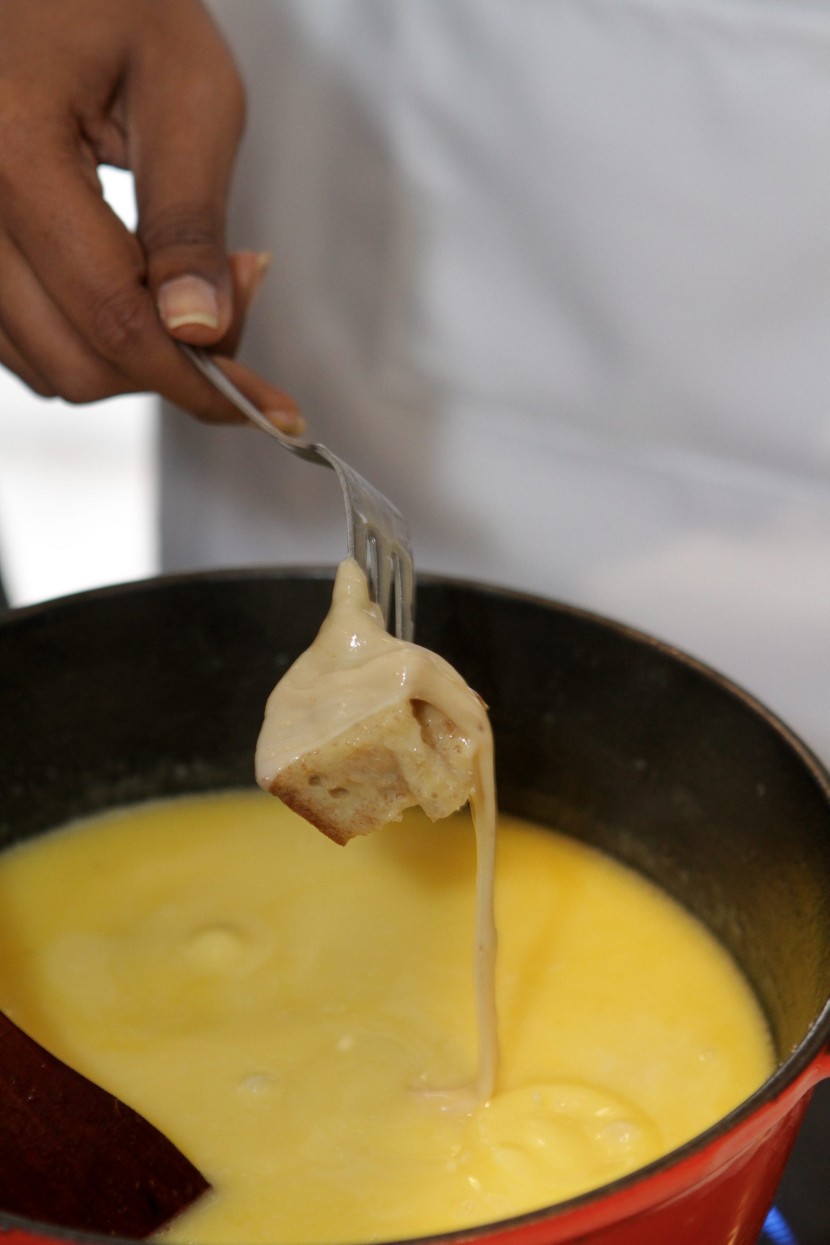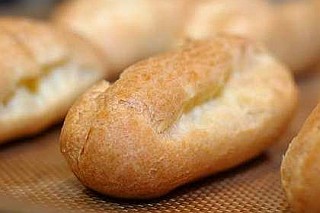CONSIDERED to be one of the most versatile foods in the world, cheese can be eaten as it is, paired with a classy wine, or even incorporated into a variety of dishes – from cold to hot, sweet to spicy, appetisers to desserts.
The world’s best cheeses have known to come from Europe, and who better to part knowledge on the subject than Chef Pierre Gay, cheese connoisseur and expert from France.
Gay is also the owner of Pierre Gay Fromagerie, one of the oldest cheese houses in the Rhone-Alps region in eastern France. The fromagerie is renowned for its fine cheeses, having being setup in 1935.
Gay has been surrounded by cheese-makers his whole life, receiving valuable knowledge and cheese-making techniques handed down to him ever since he was a boy. During a recent event jointly organised by the French Interbranch Dairy Organisation and the European Union, he shared some useful tips when working with cheese as well as three delicious recipes using European cheese, catered to Asian flavours.
1. Pasteurised or unpasteurised milk?
Pasteurisation is the process of using low temperatures to kill bacteria in milk. Cheeses are made from both pasteurised and unpasteurised milk, with the latter giving a stronger and better flavour to the cheese. Pasteurised cheeses are recommended for cooking, as the cheese doesn’t generally appreciate with age. Pregnant women are also encouraged to eat this type of cheese.
2. Packing cheese
Cheese needs to be stored with high humidity, but at the same time it needs to have room to ‘breathe’. There are certain packaging material in the market that are designed just for storing cheese. However for domestic households, simply wrapping the cheese in paper will do – paper is porous and thus allows the cheese to air.
3. Storing cheese
In cold-climate countries, cheese can be kept out on the countertop. One can only dream of such conveniences in Malaysia, however. In warmer, tropical climates, it is recommended to store your wrapped cheeses in the crisper compartment of the refridgerator, also known as the fruits and vegetables compartment, as it is the spot with the highest humidity in the fridge. Take the cheese out to thaw 1 hour before for air-conditioned rooms, or 30 minutes before consumption for warm rooms without air-conditioning.
4. Milk-to-cheese ratio
Ever wonder why cheese can be priced pretty steep? One of the reasons is that for every one kilogram of cheese, 10 litres of milk is required to be processed. During the cheese-making process, the milk is mixed with the enzyme found in the stomach of a calf, which causes it to curdle and lose its water content. The cheese is then cooked accordingly and pressed into wheels.
5. The sunnier the better
Most good quality cheeses are made from milk that was produced during summer, or ‘summer milk’. During the summer, the abundance of sunlight results in greener and fresher grass which cows consume, therefore producing milk that has higher quality and greater flavour.
6. How many cheeses on a platter
Not sure how many cheese to place on your platter? A regular cheese platter has five variants of cheese, while a welcome platter has three types of cheese. For bigger parties, it is apt to serve anywhere from seven to eleven types of cheese, accompanied by dried fruits, nuts, and cherry jam.
7. Where is cheese served during a meal?
Different cultures consume cheese at different times during a meal. In France, cheese is usually served at the end of the meal, while in England, cheese is typically consumed after dessert. In many other parts of the world, cheese is served as an appetiser, before moving on to the main course.
8. Blue cheese
This smelly type of cheese is an acquired taste, and it is made by adding cultured bacteria into the cheese before pressing into wheels. Some cheese manufacturers crumble rye bread into the cheese which contain the elements needed to yield the mould. Once the cheese is pressed into wheels, it is then pierced all around with a needle to expose the cheese to air, which will allow the mould to grow.
9. Cooking with cheese
Adding cheese to cooking is nothing new in the world of culinary art. But with specialty cheeses, especially those hailing from the European Union, you’d want to pick the right recipe that brings out the flavour of your selected cheese. Here are three recipes for you to indulge your inner cheese lover:
Shitake and Comte Cheese Croque Monsieur
Onion and Asian Garlic Blue Cheese Gratinee

